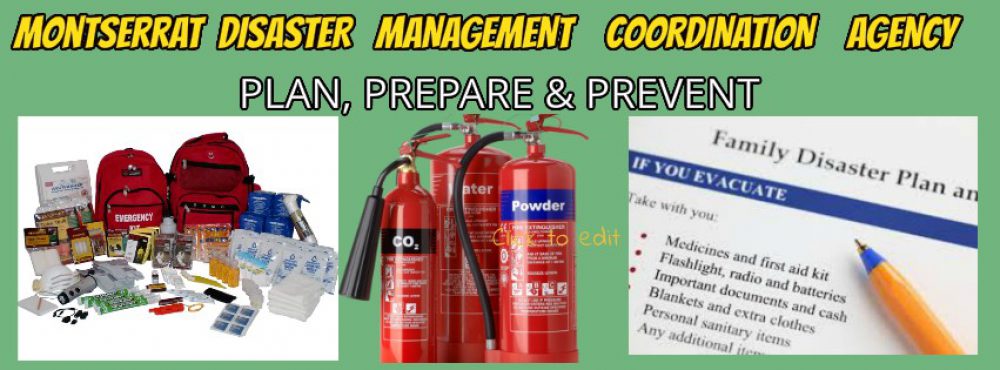26 years ago, on Wednesday, June 25, 1997; after two years after the start of volcanic activities on Montserrat; 19 people tragically lost their lives at approximately 12:55 pm, when a dome collapsed at the Soufriere Hills Volcano occurred.
In the following 25 minutes, a series of devastating flows (the largest pyroclastic flows to date) swept the northern flanks of the volcano, down Mosquito Ghaut and followed the Paradise River almost to the sea
The flows and associated surge clouds damaged or destroyed between 100 to 150 houses, with the villages of Streatham, Dyers, Harris, Bethel, Bramble, Trants, Farms and Spanish Point.
Initially, 8 people were confirmed dead, and a further 11 were missing. Five people also suffered serious burns.
Today, as we reflect and remember the June 25th, 1997 catastrophic volcanic eruption, we take a moment of silence to mourn and pay our respect to the nineteen individuals who lost their lives in the eastern corridors where the fertile lands were located, engaging in sustenance farming, to supply not only their households but also the wider Montserrat community.
Montserrat, due to its geographical location and is situated in a seismically active region is vulnerable to many natural and man-made hazards such as volcanic eruptions, earthquakes, tsunamis, hurricanes, tropical storms, flash floods, lahars, landslides, fires, pandemics, cyberattacks and terrorism among many others. Hence, developing a “culture of disaster preparedness is a must.
Creating a culture of preparedness is much more than creating an emergency supply kit and a disaster plan to protect families and businesses. It means examining and preparing for all types of natural hazards that can impact your homes, businesses, and communities. Establishing a Culture of Preparedness also means residents practicing their emergency plans with formal and informal drills and exercises and ensuring that adult family and business members can activate the plan. Also, a culture of Preparedness includes regular updates to family, business, and organizational emergency plans and emergency contact information for the ultimate protection of families and businesses.
The power of “simple things” such as setting up personal emergency plans together with your family and friends by discussing emergency contacts, meeting points, means of communication etc. Use simple reminders to have these emergency plans and information readily available, e.g., as a pic on your mobile phone, in your purse, or to stick on the fridge. Also, be on the lookout for publicly displayed information about how to prepare for emergencies or disasters.
Disaster preparedness, combined with updated risk information, and timely assessments of damages and needs, are critical to responding to any potential hazard impact.

